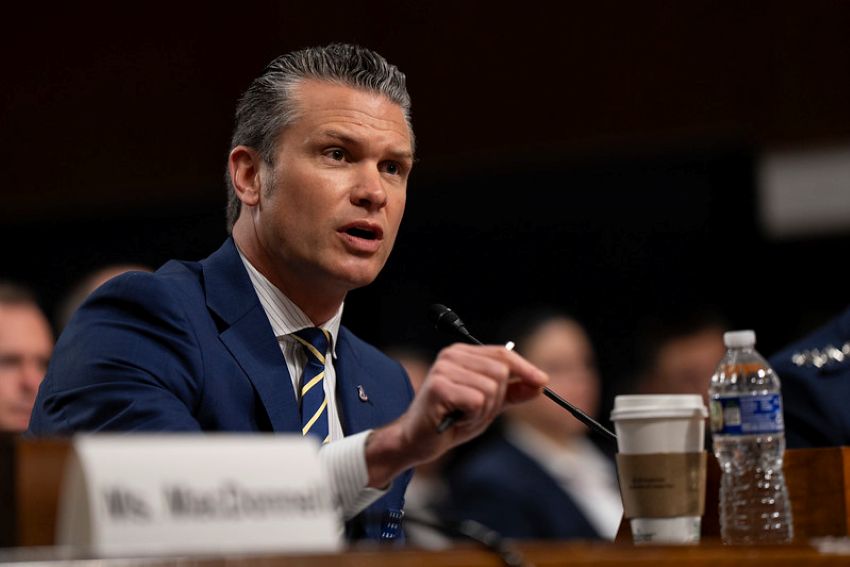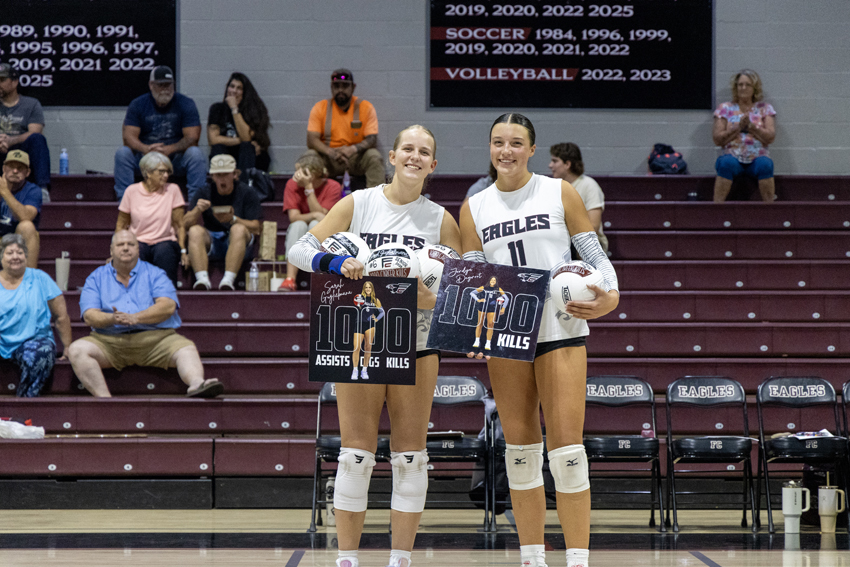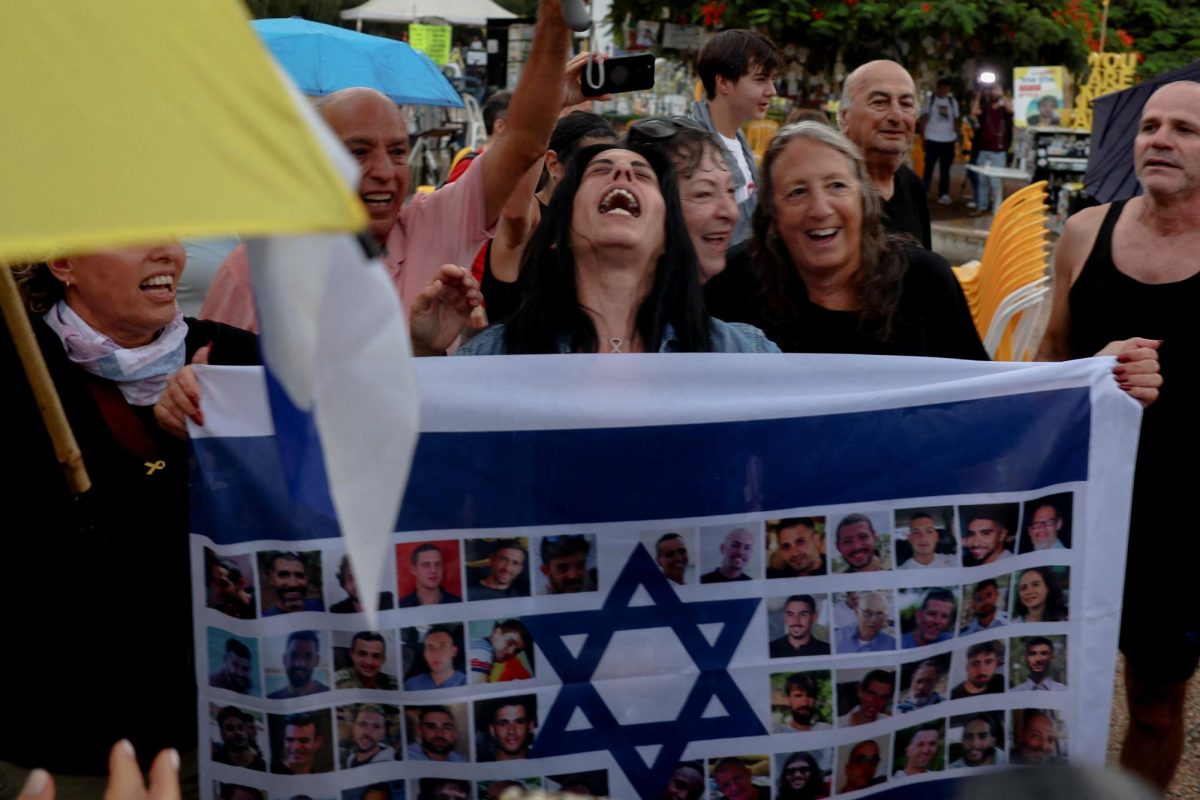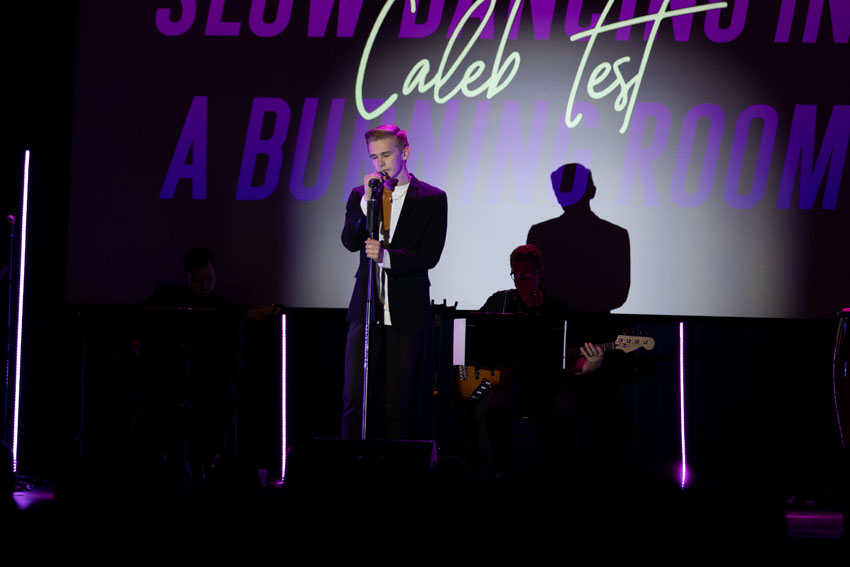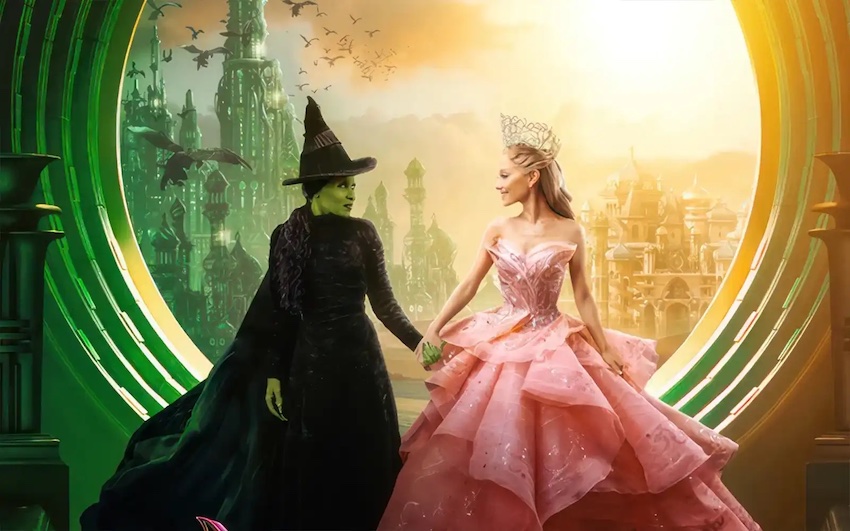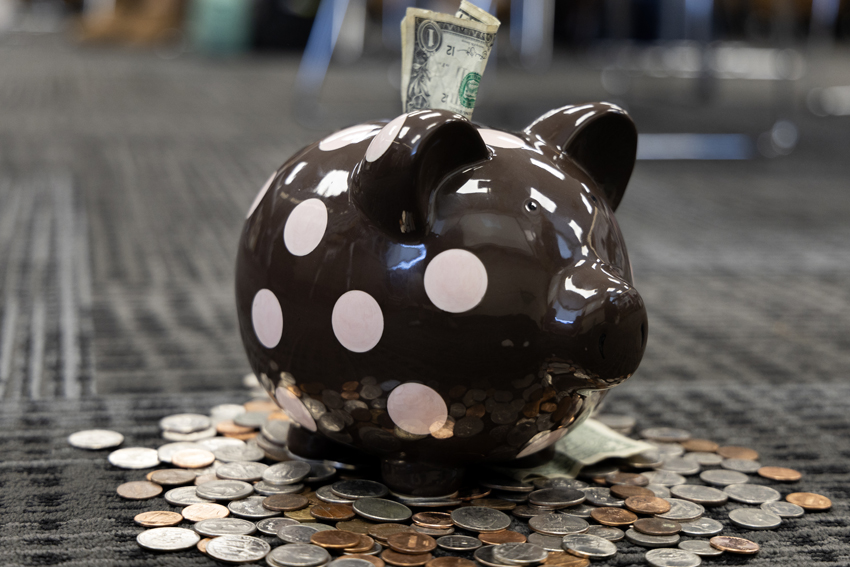Posters and propaganda blanket the walls, demanding support for each candidate or issue. The emotions of politically-active students flare as they encounter spins on their favored politicians and promotions of their opponents.
Welcome to the mock election.
In order to familiarize teenagers with the voting process, history and civics teacher Bessalee Downing introduced her civics classes to the prospect of administering a simulated election for the student body. The classes agreed and began to organize the election.
“I want to get them experience with voting and campaigns as we study them in the textbook,” Downing said. “I want them to have real-life experience for when they are of voting age.”
Students will vote in the mock election on the same day many of their parents will cast their ballots, Nov. 4, at a table in the Ground Zero courtyard.
The election will include presidential candidates Barack Obama, Chuck Baldwin, John McCain and Ralph Nader as well as mayoral candidates Ashley Swearengin and Henry Perea. Propositions 8 and 10 will also be on the ballot, which the civics classes deemed relevant to students.
“I included third-party candidates to get students aware of other candidates besides the two main ones,” Downing said. “The third-party candidates are still important because they can impact voter margin.”
Civics students randomly selected a candidate or issue to represent with a 3-5 minute speech before the student body on Nov. 3, a day before the election. The speeches will support the speaker’s candidate and not attack opponents, as Downing decided to forbid mudslinging.
“I didn’t want them to pick [the candidate] they felt strongest toward,” Downing said. “This way, they get to look at other people’s opinions on the issues instead of just focusing on the person they support. It gives them both sides of the story so they could make the most informed decision if they were of voting age.”
As advocates of presidential nominees, seniors Taylor Brouwer, Abby Schoettler, Lindsay Franz and Adam Casuga will speak for McCain, Baldwin, Nader and Obama, respectively. For the mayoral candidates, junior Doug Daniel will represent Perea and Kally Batesole will act for Swearengin. Seniors Natalie McCallum and Mickey Walkup will argue in favor of Propositions 8 and 10, respectively.
“I don’t support Obama at all, but it gives me more insight into what his views are,” Casuga said. “I have no doubt that most of [the students] won’t even listen to what I have to say, because I know I wouldn’t if someone else did it, but I think it’ll go pretty well.”
In accordance with authentic political races, Downing requires each student representative to campaign on campus prior to the speeches and election.
“I found several of my Obama posters in the trash,” Casuga said. “Before Mrs. [Yoko] Kilbourne made the announcement not to take them down, three of them were gone, and the next day all of them were gone.”
Unlike an actual election, however, the imitation will utilize two ballots. One will include a checkbox next to the name of each candidate. The other, a “blind ballot,” will summarize each candidate’s stance on issues without providing names.
Downing designed the dual ballot system in order to analyze the influence of parties on students’ political opinions.
“Just because you don’t like someone doesn’t mean all of [his or her] ideas are flawed,” Downing said. “I want to get people to make informed decisions, not just vote with party.”
After the students vote in the mock election, Downing will count the ballots to determine the winner. She intends to announce the results on Nov. 6, following the all-school service day.
“Most people I know here are Republicans, and since McCain is more conservative than Obama, I think he will win in the mock election,” Megan Stewart, ’11, said. “But some Republicans might vote Democrat, so Obama could still win.”
For more information, e-mail Bessalee Downing. For staff coverage of the 2008 presidential campaigns, visit the Opinions Section.

